Drive farther for less
You can’t control the price of gasoline. The forces behind its ups and downs (ups, mostly) are bigger than us all: the volatility of the market for crude oil, from which the stuff is made; long weekend wanderlust that might drive up demand (pun intended); taxes; a shutdown at a Gulf Coast refinery, slowing the spigot on one of the world’s most-consumed fuels; and on and on the list goes.
While you can’t control those prices, you can control how efficiently you use fuel. To learn how, we asked two mechanic shop owners: Jeffrey Cooper (Automotive Service Technician ’02) of Edmonton’s Delta Automotive and James Haitel (’14) of Haitel's Garage in Barrhead.
Here are eight of their ideas for making the most of every litre and stretching every dollar.
1. Get pumped up
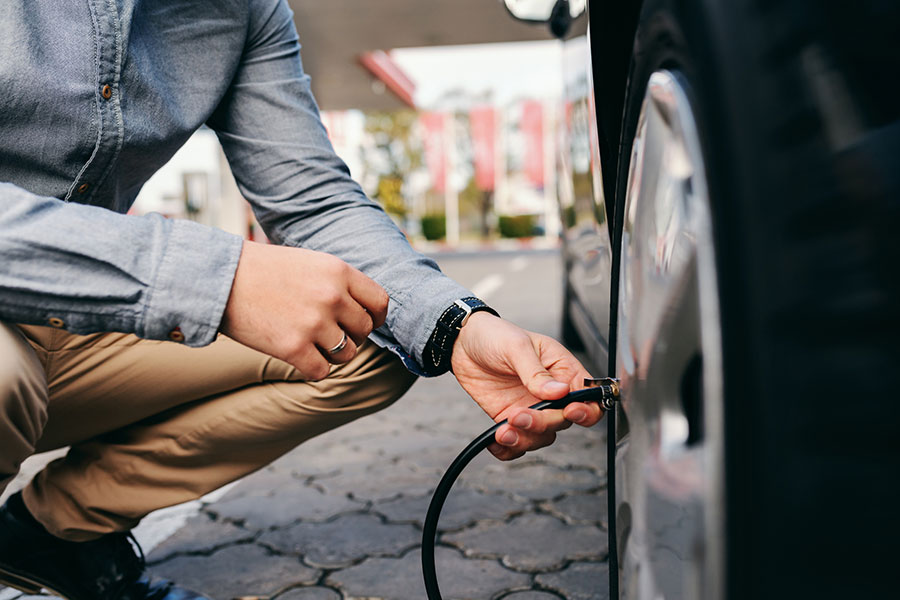
More than a decade ago, Barack Obama (then a senator) was ridiculed for suggesting the demand for fuel, and so for more offshore drilling, could be cut by Americans keeping their vehicle tires inflated. But he was right in theory. It’s a small measure that reduces friction between wheels and pavement, boosting fuel efficiency.
“Try pushing a wheelbarrow with a flat tire,” says Cooper, to illustrate. “How far do you get?”
Same goes for your vehicle. The proper pound-force per square (PSI) inch is indicated inside the driver-side door.
2. Straighten up and ride right
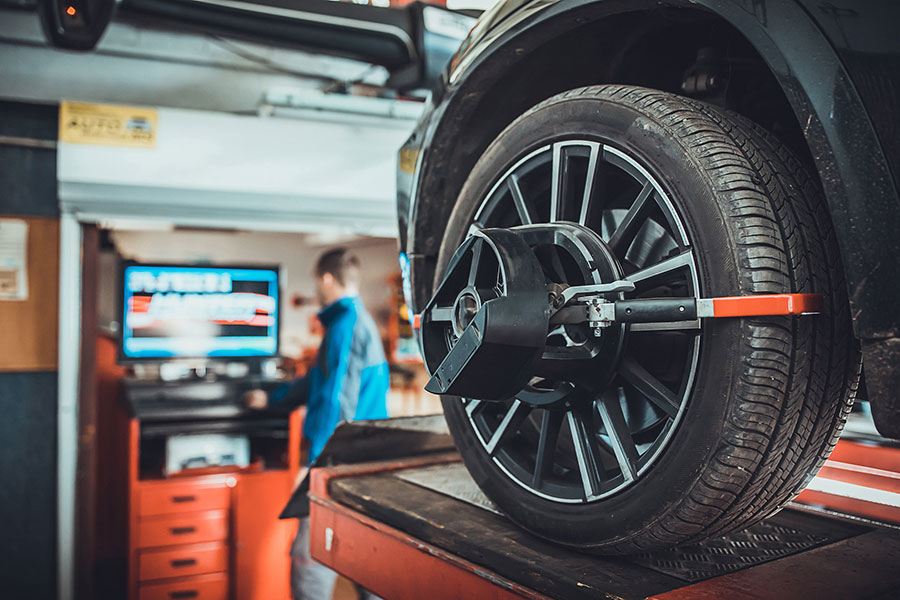
Speaking of tires, Cooper offers another analogy. Say you’re rolling a tire down the road straight in front of you. Then let’s say you’re dragging it, perpendicular. “Which one will cause more friction?” asks Cooper.
Wheel misalignment isn’t that extreme but it will still slow you down. Fuel efficiency is “not just [about] the engine,” says Cooper.
3. Cool it on the AC
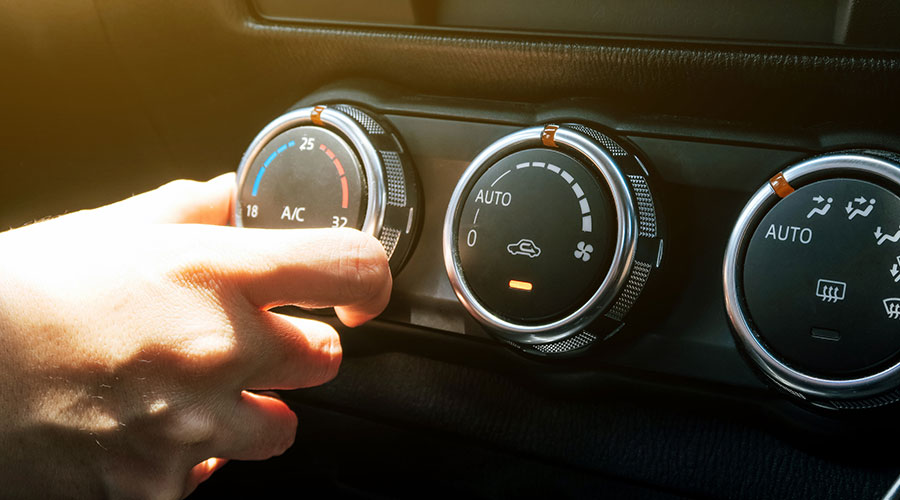
That applies to air conditioning as well. Air conditioning involves a pump, Cooper explains, and “it takes energy to turn that pump, and the pump develops pressures. The higher the temperatures, the higher the pressures, the harder it is for that pump to turn.”
There goes more gas, and it’s not even moving you forward. Not cool.
4. Keep the spark alive
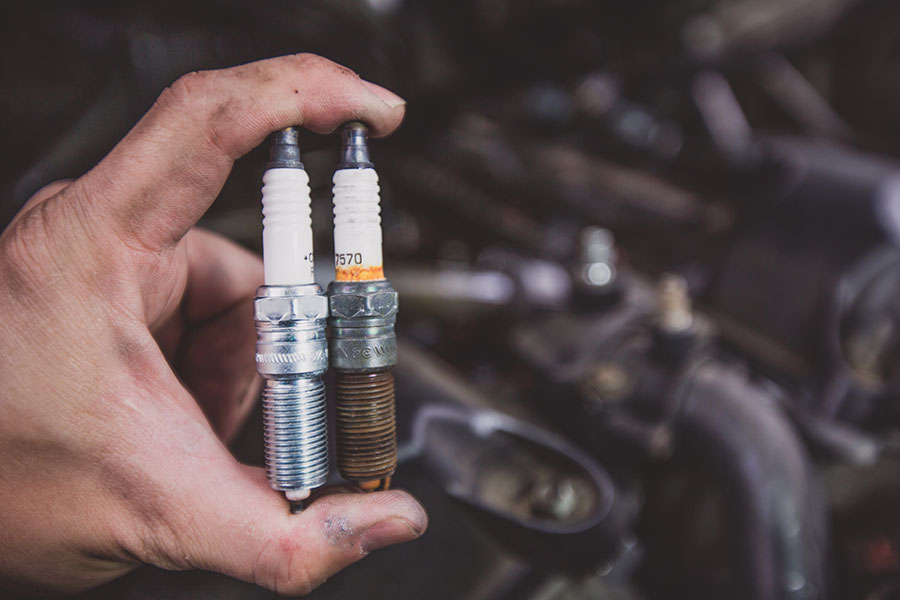
“People aren’t changing the spark plugs near enough,” says Haitel. “Nobody thinks about it.”
Spark plugs are an unsung hero of a properly functioning engine. They ignite the air-fuel mix responsible for the combustion that actually drives the engine. Over time and distance – maybe every 60,000 kilometres, says Haitel, but vehicles vary – spark plugs can build up deposits that inhibit sparking, negatively affecting combustion and, therefore, fuel economy.
5. Flush the system
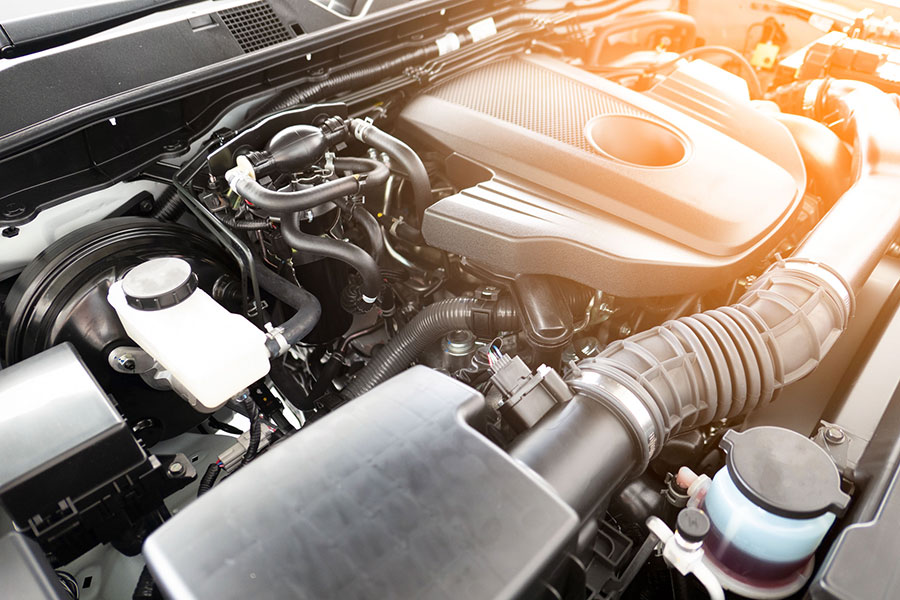
Deposits of various other kinds can also collect in your fuel lines, says Haitel. He recommends Sea Foam, a motor treatment product you administer through the gas tank. Used as directed, it helps remove the crud that can inhibit the fuel injection system, which sprays a fine mist of gas into air that then enters combustion cylinders and ignites.
6. Clear the air filter
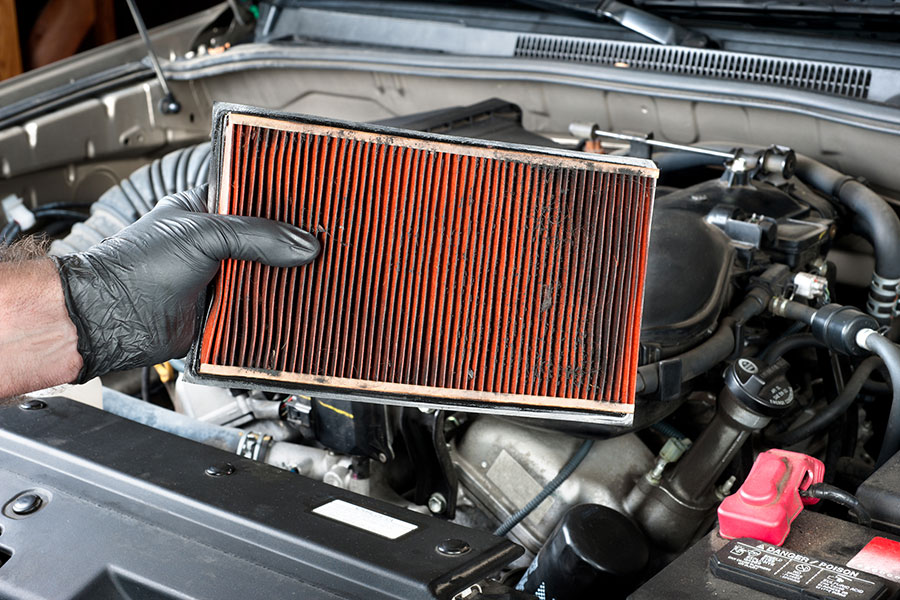
Poor airflow, which is essential to combustion, will also lower fuel efficiency.
“If you can’t get enough air, your engine isn’t working correctly,” says Cooper. “Therefore, you’re using more fuel than you should.”
Pop the hood and check the air filter, cleaning or replacing it if it’s blocked by dirt and debris.
7. Change your habits
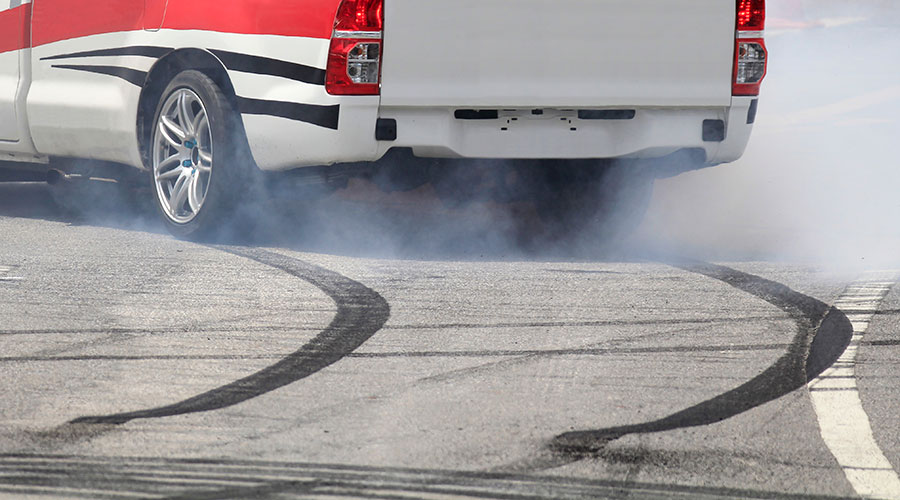
Every revved engine, every ounce of burnt rubber, and every highway driver dreaming of the Autobahn makes the obvious worth stating: take it easy on that gas pedal.
“That’s a gimme,” says Cooper. “If you drive it like you stole it, you’re going to use more fuel than someone who’s not in a big hurry.”
8. Stay in the know
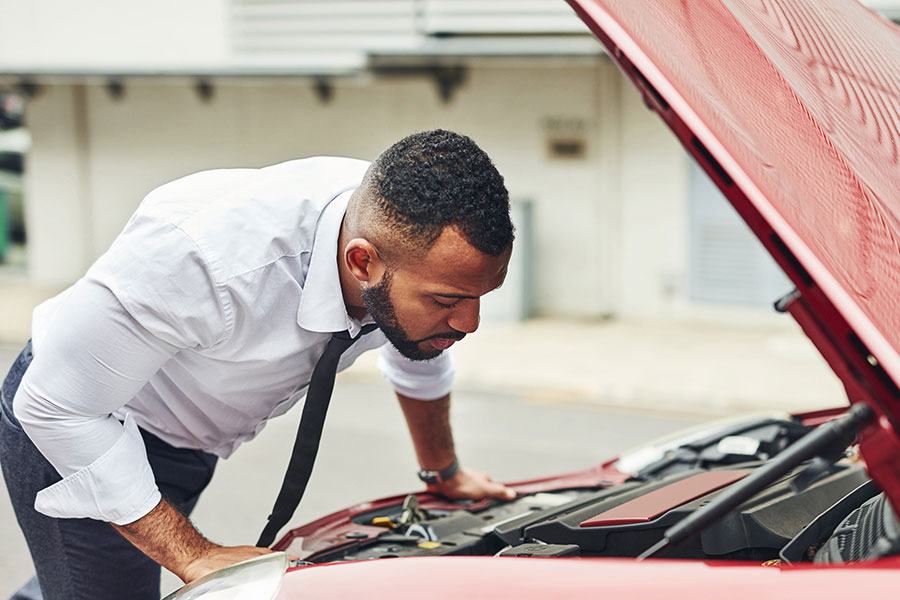
You’ll never achieve fuel efficiency rates that manufacturers boast, says Cooper, because those numbers represent the mathematics of perfect conditions. But you can keep your vehicle running a little closer to perfect, he adds, by reading the manual and following its recommended maintenance schedule.
Over time, that fine tuning might prove to be the mathematics of incremental progress, taking you further down the road than you expected.
“It’s a fractional stuff,” says Haitel. “But if you take an eighth of something 16 times over, all of a sudden you have two wholes.”
Should you buy better fuel?
Are those higher octane numbers – 89, 91 and above – worth paying five to 20 cents more per litre than plain old 87-octane gasoline?
Our experts don’t dismiss the idea that you might squeeze out a few more clicks per litre of the good stuff, but they don’t entirely embrace it either.
“I’ve heard people say that they get better mileage on higher octane fuel,” says Haitel.
Higher octane does not mean more energy has been packed into each litre of gas. But it does prevent knock, or combustion in the engine when and where it’s not supposed to happen. While that can affect overall vehicle performance, similar to our mechanics’ opinions, at least one study shows that it does not make enough difference to fuel economy to justify spending more money at the pump than necessary.
Banner image jes2ufoto/istockphoto.com